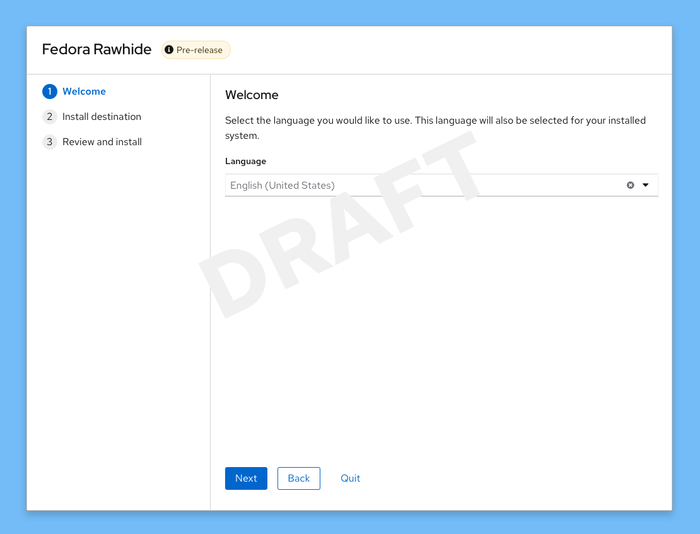Fedora 39 may propose a Web-interface as a replacement for the Anaconda installer. The proposal uses a JavaScript framework called react, design patterns from Patternfly, and components from the COCKPIT project to create a more intuitive installation process.
The use of Cockpit, an established solution with a backend for interacting with the installer, made it possible to achieve uniformity and unify various components of the system control. The new interface also benefits from improved modality of the installer, with Anaconda transformed into modules that interact through the API DBUS.
The advantages of the new installation process include a more straightforward organization, a simple process for reinstalling, and simplified support and development of additions. The Web-interface will also allow easier remote installation control.
The new interface will be organized as a master (wizard), implying a consistent execution of certain steps without returning to the main screen. The installer includes a built-in certificate system and supports such actions as choosing a language and a disk selection. Additionally, automatic and manual modes for section breakdowns are supported, and users will have access to an overview of the selected installation parameters.
The proposal for the new installation process has yet to be considered by the Fedora Engineering Steering Committee (FESCO), which is responsible for the technical part of the development of the Fedora distribution. However, the proposed changes suggest that the new interface will be easier to use and more adaptable for novice users.
